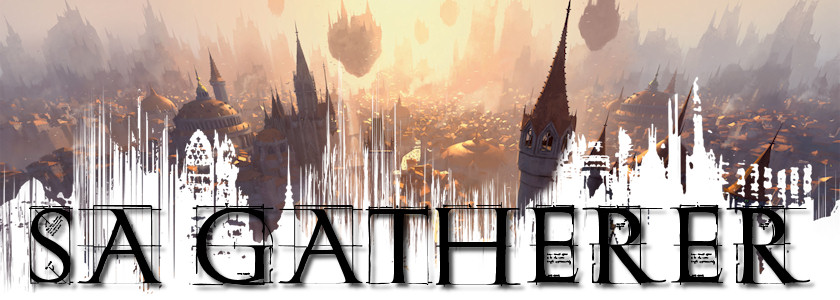Marvelous Modern – Lead up
to the PTQ
By Dale Pon
So I was going to continue with more Modern staples this
week, but the Modern PTQ is right around the corner so I decided to write
something concerning that. Don’t worry
though, I will continue with the staples of the other colours after the PTQ.
The PTQ (or Pro Tour Qualifier) is the chance for every
Magic player to chase the dream of making it big on the competitive scene. The winner of the PTQ gets an invitation and
flight to PTQ Dragon’s Maze in San Diego where they have the opportunity to
battle with all the big names.
Naturally, one wants to try their best in winning the PTQ and the last
thing you want to do is lose the final or miss out on the Top 8 by forgetting
something silly or making a really bad play mistake.
Today’s article will provide some tips, particularly aimed
at those new to Modern, but can serve as reminders to veterans as well. Obviously the longer one has played Modern,
the greater that player’s knowledge of the card pool and its interactions
should be. This helps greatly in
deciding the best strategies and cards to use for particular scenarios, as well
as what to be mindful of. For example,
if your opponent plays his/her second land on Turn 2 (one of which is an
island) and passes the turn; you can predict with a fair amount of accuracy
that he/she is holding either a Mana Leak, Remand or Snapcaster Mage. Thus, one should play around this, e.g. by
playing a spell that you don’t mind getting countered, or attacking with a
creature you don’t mind trading off with a Snappie. Similarly, facing an opponent with one
untapped island could mean a Spell Pierce, an untapped plains could mean a Path
to Exile, while an untapped mountain could mean a Lightning Bolt. Two untapped lands, one of which is a swamp,
could indicate your opponent holding one of the removal spells black is known
for, such as Doom Blade, Go for the Throat, Smother or Ultimate Price. These are just some simple examples of
ensuring you don’t fall for a really cheap trick.
Until next time!
Thanks for reading.
